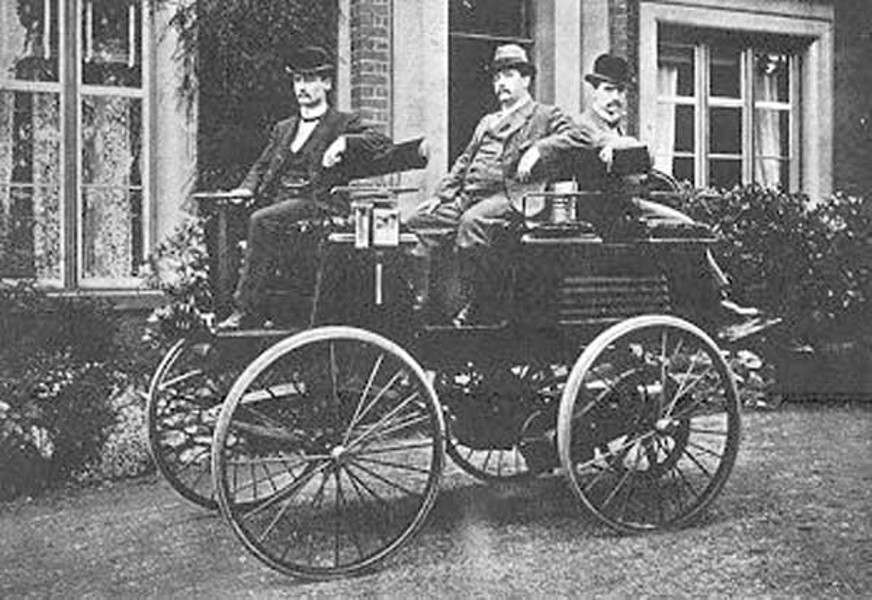"Anyone who can convince people to part with $400 for a hair dryer knows a thing or two about marketing." — Steve Hanley, CleanTechnica
James Dyson built 5,127 prototypes before releasing his innovative "say goodbye to the bag" cyclone vacuum cleaner onto the market in 1983. Since then, you've no doubt dried your hands on a Dyson Airblade dryer (that squeegees water from your skin with a thin jet of air, rather than heat evaporation used by traditional hand dryers) and perhaps — if you're well heeled — dried your hair with a Dyson Supersonic hair dryer. With these and other products, it's fair to say that Dyson knows a thing or two — not just about marketing but also (1) batteries, (2) electric motors and (3) air flow. That doesn't make Dyson's latest goal of building an electric car quite so crazy.
It's still pretty crazy, though, as he'll be in competition with actual car manufacturers who are racing to outdo each other with new EV products. GM, for instance, is working on 11 EV models, Volkswagen on 27, and Volvo will be all-electric by 2025. California is on track to have 5 million zero-emission vehicles on state roads by 2030, while in Britain, the sale of all internal combustion engine cars will be banned in 2040.
What Dyson has working for him is youth. Not his own — he's 71 — but that of his employees, whose average age is 26, and almost all of whom are engineers. He claims this young approach is the best way to innovate: Hire 'em while they're still idealistic and open to any ideas, however wild they may appear at first. He has some 400 engineers developing an electric car on an old World War II RAF airfield in England (think huge hangars and long test tracks), with plans to double that number. He has money, too: His privately-owned company is worth $12 billion, with more than $3 billion earmarked for the car. (Asked if he'd ever take his company public, he told Fortune, "It would be the wrong thing to do. There would be a huge pressure on profits over investment in research and development.")
Another ace up his sleeve is the possibility of breakthrough battery technology. All current EVs use lithium-ion (Li-ion) technology. Four years ago, Dyson bought Sakti3, a solid-state battery company based in Ann Arbor, Michigan, saying, at the time, that he was committed to investing more than $1 billion in battery technology. Solid-state batteries replace the pressurized liquid electrolyte in Li-ion cells (which run hot and have caught fire on occasion, including in an empty Boeing 787) with safer and more efficient non-flammable, thin-layer ceramic electrolytes. The technology is still years away from industrial scale production, and the first Dyson car, projected for sale in 2021, will probably still use Tesla-type Li-ion batteries. The car will be built in Singapore where, as Dyson points out, 40 percent of all graduates are engineers.
On a historical note, Dyson, like other electric car manufacturers and wannabees, is returning to the roots of automotive engineering. The first cars were electric "horseless carriages," with Thomas Parker ("the Edison of Europe") selling his lead-acid battery powered cars in the UK as early as 1884. Top speed then was a brisk 10 mph, with a range of about 20 miles — and it was the range that did them in. Twenty years later, Henry Ford introduced the gasoline-powered Model T. The first modern mass-produced electric car was GM's ill-fated EV1, leased (never sold) from 1996 through 2002. It had a range of 100 miles, compared to 310 miles for the long-range version of the Tesla Model 3.
From vacuum cleaners to electric cars? This is a story worth following — I'll be reporting back.
Barry Evans ([email protected]) considers his electric bike — range 24 miles @ 17mph — a triumph of engineering.

Comments